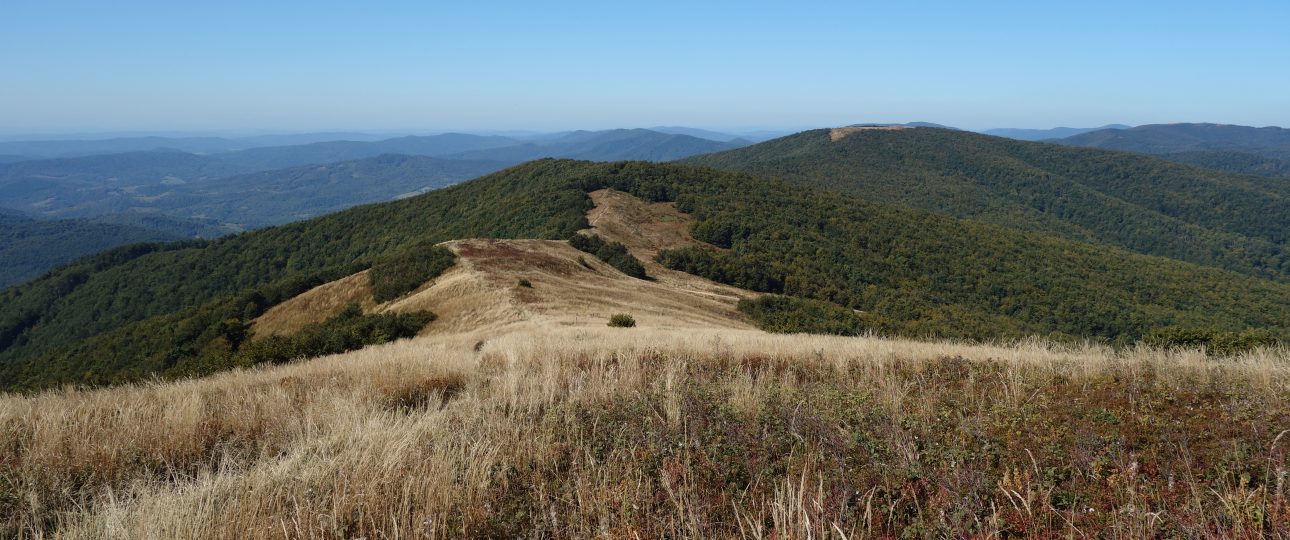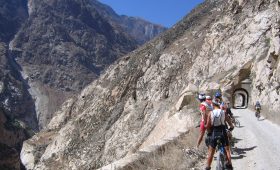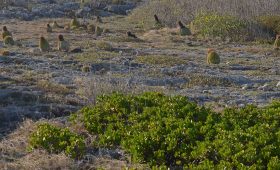Poloniny National Park: A Nature Enthusiast’s Guide to Slovakia’s Wilderness
Poloniny National Park, located in the Snina District of Slovakia’s Prešov Region, is a sanctuary for those seeking unspoiled nature. As the easternmost and least populated area of Slovakia, it offers a unique blend of biodiversity and cultural richness. Adjacent to Bieszczady National Park in Poland, Poloniny is part of the East Carpathian Biosphere Reserve. Here, the borders of Slovakia, Poland, and Ukraine converge near the summit of Mount Kremenec, the park’s highest point at 1,208 meters (3,963 feet) above sea level.
Exploring the Trails and Wildlife
Hiking is the best way to experience Poloniny’s diverse landscapes. The park features an extensive network of trails starting from villages like Nová Sedlica, Runina, Topoľan, and Uličské Krivé. These paths wind through dense beech and beech-fir forests, which cover about 80% of the park. Notably, the primeval beech forests of Havešová, Stužica, and Rožok are UNESCO World Heritage Sites, though only Stužica is accessible to the public.
Wildlife enthusiasts will find Poloniny a treasure trove of biodiversity. The park is home to 294 vertebrate species, including the Eurasian lynx, bear, and a reintroduced herd of European bison. Birdwatchers can spot some of the 198 bird species, such as the golden eagle. The park also boasts a rich variety of invertebrates and plant species, with many being endemic and protected.
Cultural Experiences in Poloniny
Beyond its natural allure, Poloniny offers a glimpse into the cultural tapestry of northeastern Slovakia. The region is a melting pot of ethnic groups, including Ukrainians, Poles, and Slovaks. Visitors can explore traditional wooden churches from the 18th century in villages like Topoľa, Uličské Krivé, and Ruský Potok. These sites offer insight into the area’s historical and architectural heritage.
When to Visit and How to Get There
Poloniny National Park is open year-round, with each season offering its own charm. Summer, from June to August, is ideal for hiking and observing the vibrant flora and fauna. Winter brings opportunities for cross-country skiing. To reach the park, fly into Košice International Airport, approximately 100 kilometers away. From there, rent a car or take a bus to the park, a journey of about two hours.
Getting Around the Park
Once in Poloniny, navigating the park is straightforward. While a network of roads provides access to various attractions, exploring on foot or by bike offers a more immersive experience. Guided tours are available, providing deeper insights into the park’s ecology and history. However, be prepared for limited amenities, as the park’s remote location means fewer facilities compared to more tourist-heavy destinations.
- Poloniny National Park is located in Slovakia’s Snina District, part of the East Carpathian Biosphere Reserve.
- The park is known for its biodiversity, including rare and endemic species.
- It features UNESCO-listed primeval beech forests, with Stužica accessible to the public.
- Hiking trails cater to various skill levels, starting from several local villages.
- Cultural experiences include visiting traditional wooden churches and exploring local ethnic heritage.
- The best time to visit is during the summer months for hiking or winter for skiing.
- Access the park via Košice International Airport, followed by a car rental or bus ride.
- Guided tours are available for a comprehensive understanding of the park’s natural and cultural significance.




